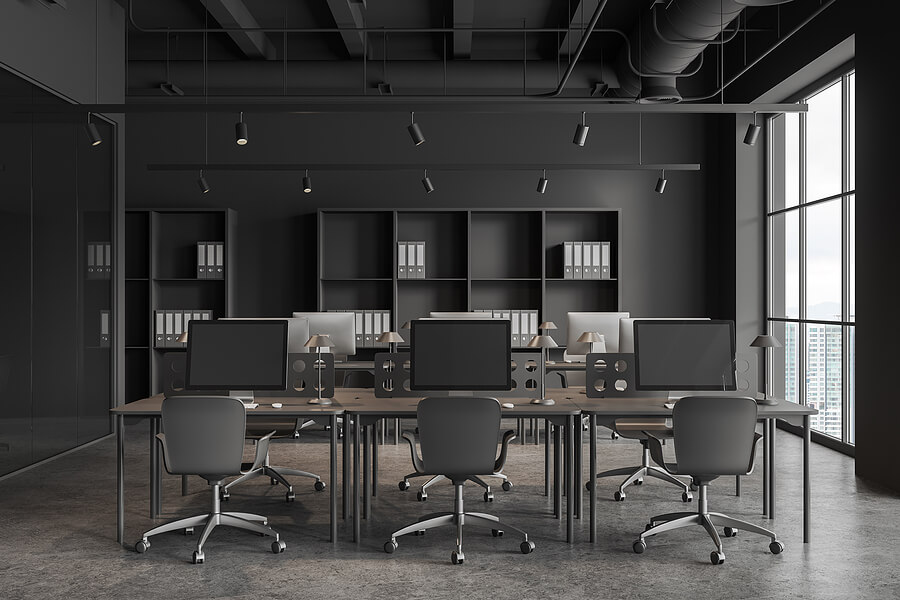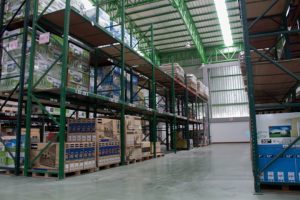Sustainability is at the forefront of modern building practices, and materials play a crucial role in achieving eco-friendly goals. Concrete, often seen as a basic building material, has evolved to become a significant player in sustainable construction. When used in flooring, eco-friendly concrete offers numerous benefits that contribute to a greener, more sustainable environment.
Let’s explore the role of concrete floors in sustainable building practices.
The Sustainability of Concrete
Concrete is made primarily from natural materials like limestone, clay, and water. Its production process has been optimized over the years to reduce energy consumption and minimize waste.
More importantly, the longevity and durability of concrete mean that it doesn’t need to be replaced as often as other flooring materials, which reduces the overall environmental impact.
Additionally, concrete can be recycled. Old concrete can be crushed and used as aggregate for new concrete mixes, reducing the need for new raw materials. This recycling process not only conserves resources but also helps manage waste more effectively.
Thermal Mass for Energy Efficiency
One of the key advantages of concrete floors in sustainable building practices is their thermal mass. Concrete can absorb, store, and slowly release heat. This characteristic helps regulate indoor temperatures, reducing the need for artificial heating and cooling.
In winter, concrete floors absorb sunlight during the day and release the stored heat at night, keeping the indoor space warm. In summer, concrete floors can help keep the space cool by absorbing the heat and reducing the need for air conditioning. This energy efficiency contributes to lower utility bills and a reduced carbon footprint.
Low Maintenance and Longevity
Eco-friendly concrete floors require minimal maintenance, which translates to fewer resources needed over time. Once installed and sealed, concrete floors are resistant to stains, spills, and heavy wear. Regular sweeping and occasional mopping are typically all that’s needed to maintain their appearance.
Moreover, the longevity of concrete floors means they won’t need to be replaced as often as other flooring materials like carpet or vinyl. This reduces the demand for new materials and the energy associated with manufacturing, transporting, and installing new floors.
Use of Eco-Friendly Concrete Mixes
Modern advancements in concrete technology have led to the development of eco-friendly concrete mixes. These mixes often include recycled materials, such as fly ash, slag, or recycled aggregates, which reduce the reliance on virgin materials. Additionally, some mixes incorporate carbon capture technologies, which help reduce the carbon footprint of concrete production.
By choosing eco-friendly concrete mixes for your floors, you can further enhance the sustainability of your building project. These innovative mixes maintain the strength and durability of traditional concrete while offering a greener alternative.
Aesthetic Versatility and Environmental Impact
Concrete floors aren’t just practical; they’re also aesthetically versatile. With the ability to be polished, stained, or stamped, concrete floors can mimic the appearance of more resource-intensive materials like marble or stone. This allows you to achieve a high-end look without the environmental cost associated with quarrying and transporting natural stone.
The minimalistic appeal of concrete also aligns with sustainable design principles. A polished concrete floor can complement a wide range of interior styles, reducing the need for additional coverings or treatments that might not be environmentally friendly.
Reducing Urban Heat Island Effect
In urban environments, large areas of concrete can contribute to the urban heat island effect, where cities become significantly warmer than surrounding rural areas. However, eco-friendly concrete solutions, such as reflective concrete surfaces or permeable concrete, can help mitigate this effect.
Reflective concrete surfaces have a higher albedo, meaning they reflect more sunlight and absorb less heat. This helps reduce the overall temperature in urban areas. Permeable concrete allows water to pass through, reducing runoff and helping to cool the surface through evaporation.
Get Eco-Friendly Concrete Floors
Concrete floors play a vital role in sustainable building practices. Their durability, energy efficiency, and potential for using eco-friendly mixes make them a smart choice for those looking to minimize their environmental impact. As we continue to innovate and improve concrete technology, the role of concrete in sustainable construction will only grow, helping to pave the way for a greener future.
Interested in making your building project more sustainable? Explore the benefits of eco-friendly concrete floors with Custom Concrete Prep & Polish. Contact us today to learn how we can help you create beautiful, durable, and sustainable spaces.



